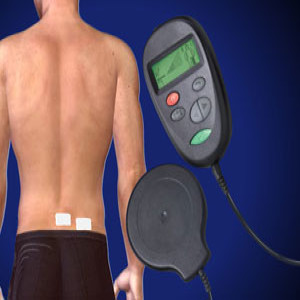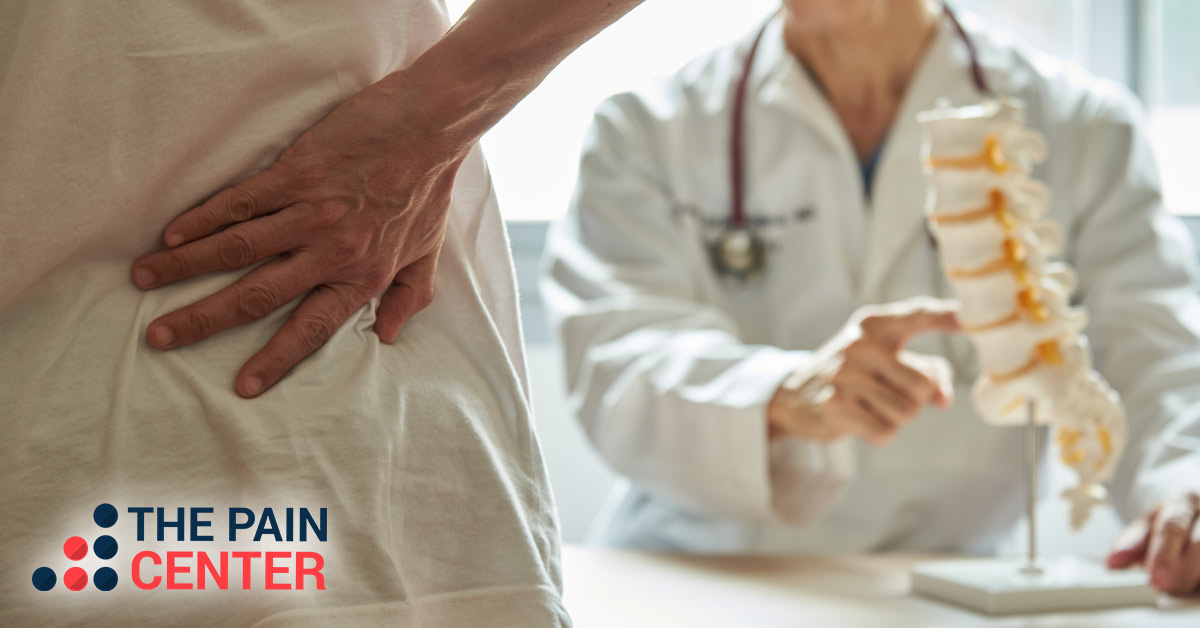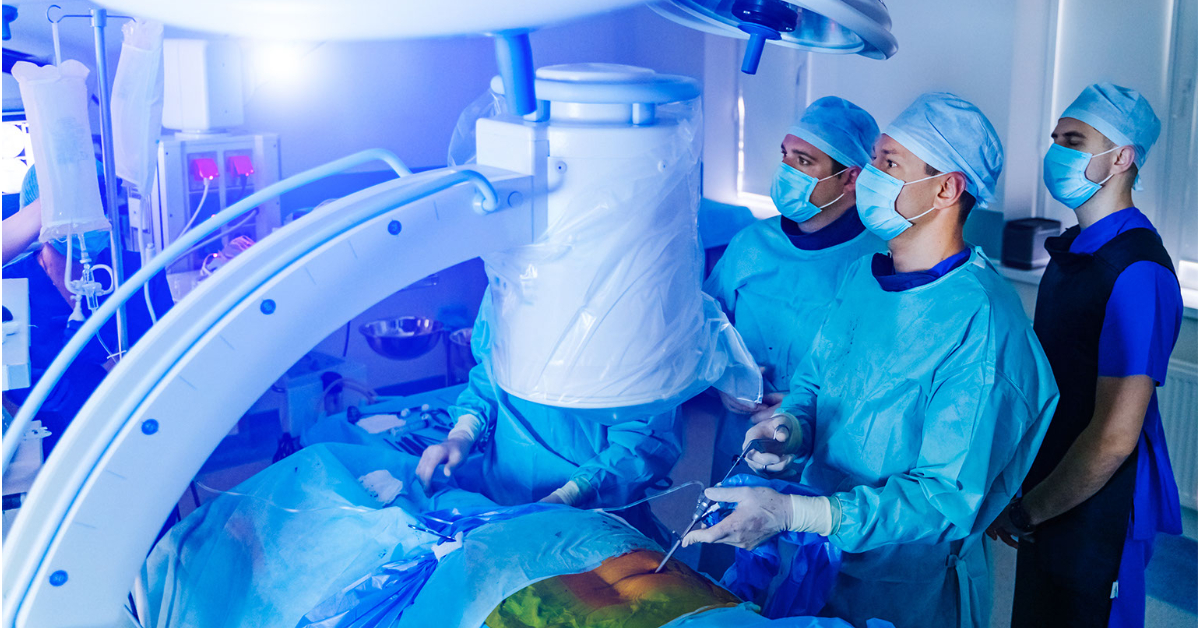

- #SPINAL STIMULATOR IMPLANT GENERATOR#
- #SPINAL STIMULATOR IMPLANT SKIN#
- #SPINAL STIMULATOR IMPLANT FULL#
- #SPINAL STIMULATOR IMPLANT PORTABLE#
The dressing on the incision must be kept dry (i.e. During this time you should not lift anything, and not stretch, twist or bend over further than 45 degrees.

#SPINAL STIMULATOR IMPLANT GENERATOR#
We will also provide you with an information sheet on the implantable pulse generator and what you must avoid (for example metal detectors at security checkpoints).Īfter both stages there will be some pain at the insertion site for around 48 hours.
#SPINAL STIMULATOR IMPLANT FULL#
Full recovery can take up to 6 weeks, with daily gentle exercise, such as walking. You will need to stay in hospital for 1-2 days after the final procedure. Where stage one does not result in marked pain reduction, the electrodes will be removed in a short procedure. This is a permanent installation, with the batteries capable of being recharged without removal, with an overall battery lifespan of 5-15 years (depending on the setting of the stimulator). Placement is generally in the low back or buttock.

#SPINAL STIMULATOR IMPLANT SKIN#
If the stimulator is providing a marked reduction in pain levels, stage two involves the permanent insertion under the skin of a miniature stimulator (called an 'implantable pulse generator' or 'IPG') equipped with a battery.
#SPINAL STIMULATOR IMPLANT PORTABLE#
The electrodes are connected to a portable stimulation device for 7-10 days and the effectiveness of the stimulator is assessed. You will need to stay in hospital for 1 night only, usually. The procedure is in two stages – in the first stage electrodes are implanted along the target part of the spinal cord with the ends of the wires that connect to the device exposed above the skin.ĭuring the procedure a small incision is made to the back and electrodes are placed via a needle. You should also not drive yourself to or from the appointment.
You are ill (in which case we may need to postpone the procedure). DVT – deep vein thrombosis or pulmonary emboli in the lungs). You have or have had any bleeding or blood clotting issues (e.g. Please also let us know ahead of the procedure if… If you are taking any medication containing aspirin (or other blood thinning medication), you should stop taking this at least 11 days before the procedure. Medication for diabetes should not be taken until after the procedure. You should avoid undergoing any other medical procedures, such as for example dental treatment or a colonoscopy, within 48 hours of the procedure (before or after).ĭo not eat or drink anything, or smoke, in the 6 hours immediately before the procedure (although any medication can continue to be taken with small sips of water). There is also a short survey which asks you to describe in a few words the type of pain that you have. The pain diary is a record of levels of pain over the period, noting any changes over each day. On the pain chart indicate which parts of the body are impacted by pain. We will ask you to complete a pain chart and a pain diary to record your levels of pain over a 7-day period prior to the procedure. Spinal cord stimulation is often recommended where other treatments have not helped. 
In some cases, pain may not be completely eliminated, however if it is substantially reduced, it can reduce reliance on pain medication.
Pain from previous spinal surgery (often affecting the leg). Pain associated with the following conditions may be significantly alleviated by SCS… Research indicates that, although it does not help everyone, on average pain is reduced by around 50%, and around 65% of patients report decreased pain after having a spinal cord stimulator implanted. Neuromodulation is a mechanism for changing pain signal transmission in the spinal cord using small electric currents delivered to the cord using small electrodes. The treatment was developed in the late 1970s based on what is now known as the field of neuromodulation, which is also used in another similar treatment technique called peripheral nerve stimulation. Spinal cord stimulation (SCS) is a technique for providing relief from chronic pain associated with a range of medical conditions.








 0 kommentar(er)
0 kommentar(er)
